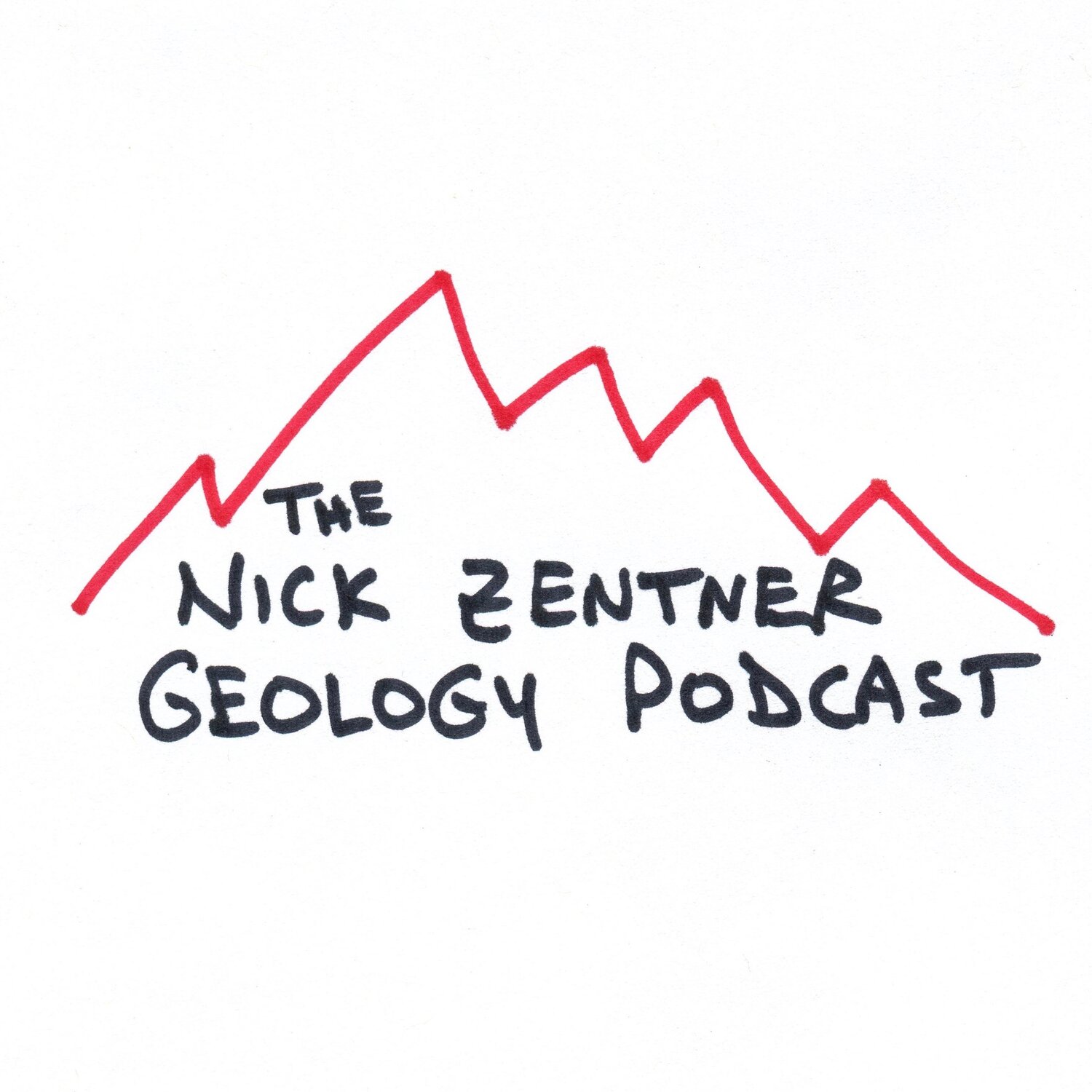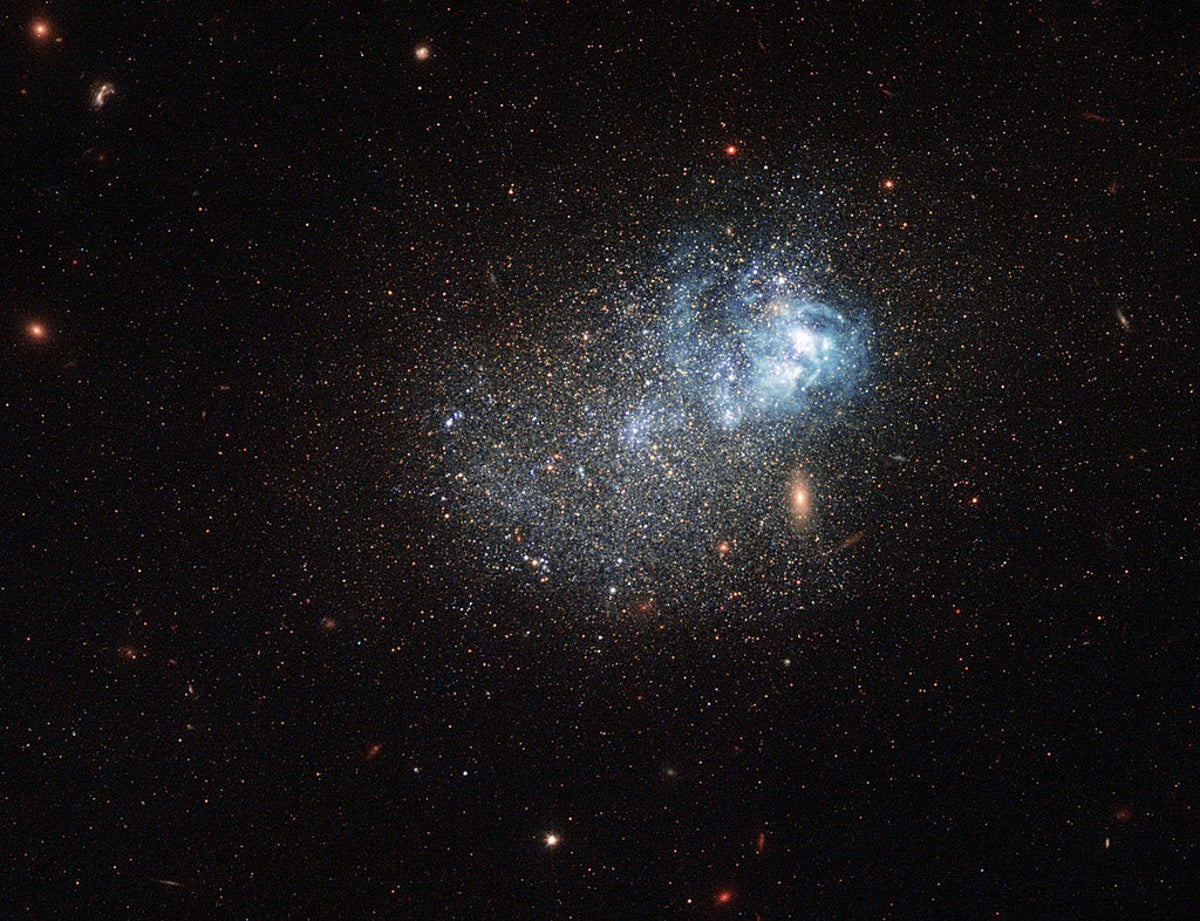I like this guy.For the Grand Canyon, it was a one gigantic global flood the likes of we've never seen before. It would affect the whole world as a killer flood.
I've only experience man-made flooding. For example, we were suppose to go white water rafting and met someplace in the forest near what appeared to be a dried up creek. The guide said to be there at 10:00 am sharp. If you can picture a large groups of people in flotation vests waiting there with large rafts and paddles in the middle of nowhere, the sight and pictures we took look ridiculous. Suddenly, we heard this rushing gurgling sound and voila we had a class III river. Upstream, they let the dam gates open at this time. The other thing I'll never forget is falling heads over heel at Meatgrinder (the more interesting rapids have names). The raft hit a drop and then an up current so it tossed me overboard (I was sitting in the back). You get disoriented. I had no idea where I was except for being in the river. All I could see were large rocks and found up by following the light. I probably was about 15 - 20 ft down, so I swam up towards it and looking out for large rocks. I felt like I was weightless and not moving. I broke the surface of the water and took a quick breath and then was pulled down again. More disorientation and weightless feeling, but I knew I was moving downstream and at a rapid pace so just tried swimming up towards the light and avoiding rocks. Once I bobbed my head out of the water, I could see the raft was waiting for me further downstream and swam towards it and they pulled me back aboard.
Thus, I think if you're caught in a flood, the rapid current will keep pulling you down and disoriented. You can't fight it, so you'll just have to keep underwater and swim up when you can and hopefully you can catch a breath before it pulls you down again. You could see a large amount of bubbles and that will obscure your vision and add to the disorientation.
If you're traveling 120 mph, then likely you don't stand much of a chance.
I think you can see that floods can cause great destruction and carve out gigantic canyons and gorges in rapid fashion.
I agree that canyons can be formed quickly ... do you agree that canyons can also be formed slowly? ... over hundreds if not thousands of years ...
Both types of canyon have clear and distinct features ... thus we can compare the Channeled Scablands to the outflow areas along the California/Arizona border ... I'm asking you how are these two areas comparable ... do we see the gravel hills, the potholes, the high water marks? ... these features are plentiful in eastern Washington, but seem absent along the lower Colorado ...
How do they form slowly? Rocks can form slowly from sedimentary layers from other layers and pressure from above.
We should be able to see what you are talking about like watching a pine tree grow. I learned glaciers cut out mountains and such, but I don't know. What do you have on the Channeled Scablands? You want to compare that to GC?
Go visit the Scablands ... all that has been reproduced in the lab ...
What do you mean by "reproduced in the lab?"
Not sure how to unpack this ... so I'll go straight to the end ...
What do you mean by "reproduced in the lab?"
Ripple beds - Unidirectional bedforms -- 15'04"
Potholes - Physical Geography - Potholes -- 1'33"
Erratics - Erratic Boulders -- 2'35"
This last video is from the guy, Nick on the Rocks, where I've been getting all my information ... watch some of his other videos ... top quality stuff and presented in a real accessible way ...
In the last 2.6 MM years there have been 33 separate advances and retreats of continental glacial over North America. -- 4'00"

#8 Ice Age Climate History — Nick Zentner
Nick goes to the ocean floors for evidence of past climates.


